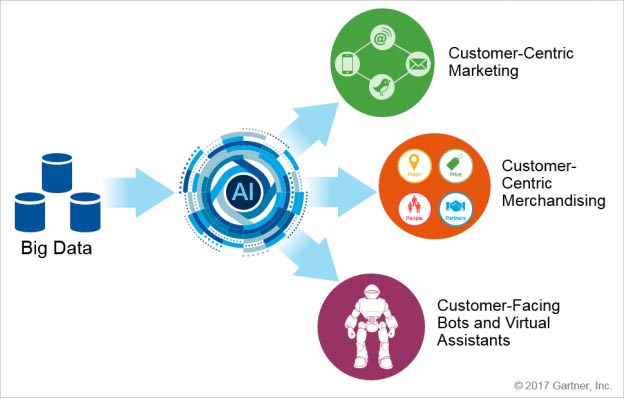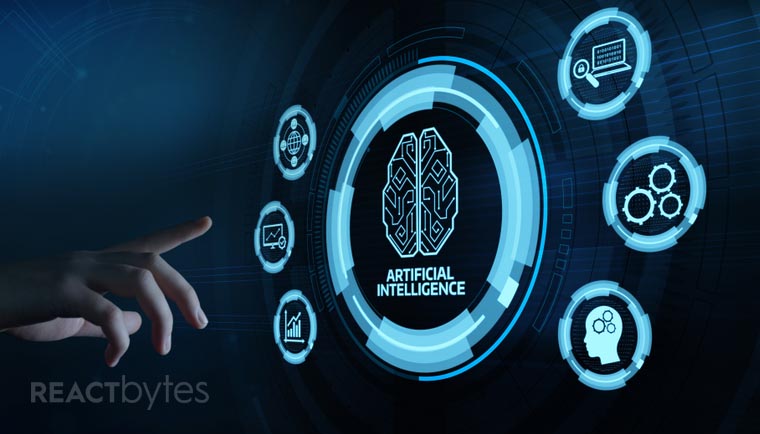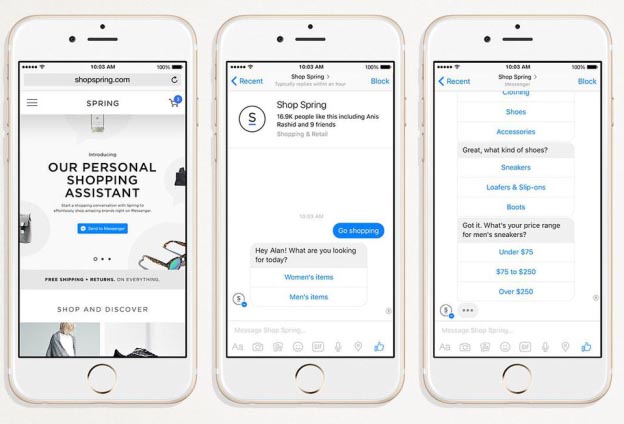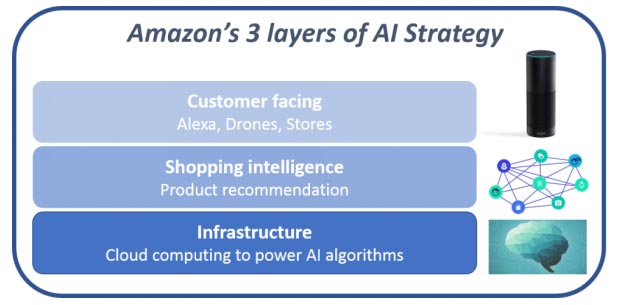Customer experience (CX) has always been a buzzword and is only winning more favors. Delivering excellent customer experience is a never-ending dream of brands. The better CX brand offers, the more customers it will have, followed by positive reviews, customer loyalty, customer satisfaction, and word-of-mouth marketing. All this again turns to more customers.
As fascinating as it sounds, delivering innovative customer experience is not every brand’s forte. A successful CX strategy revolves around the accurate analysis of loads of data. Everybody knows that datasets are messy and chaotic, where success rules are equivocal.
SmartCX surveyed 350 CX leaders – having access to customers’ insights – regarding how they felt about meeting customer experience needs.
Here’s what SmartCX’s data unveiled:
- 41% don’t feel confident about having access to all the necessary information
- 41% felt helpless to design multi-channel experiences based on available information
- 42% reported being unable to offer personalized experiences
- 57% felt unsure of having enough knowledge on what to measure and how to design a customer experience strategy accordingly
SmartCX’s data indicates that owners do have access to unlimited customer information. But they have limited capacity to leverage the data and deliver a unified customer experience. This is the precise reason why brands are in dire need of Artificial Intelligence (AI).

Three Fundamental Capabilities of AI aiding Customer Experience
-
Data Unification:
Artificial Intelligence supports “the-more-the-better” information approach. It collects data from all sides and prepares them for analysis. Brands can utilize this power in behavioral analytics to create a single customer view focusing on how customers behave and why. It enables them to predict how they behave in the future and when to make the right offers.
-
Real-Time Insights:
Humans can’t stay there 24/7 to recognize customer touchpoints where they are more likely to contact the brand. AI can. It keeps track of all customer touchpoints, coming across the online and offline world, to engage them in-the-moment, which decreases the chances of losing business.
-
Customer Context:
Beyond recognizing touchpoints, brands need to consider the significance of such events to shape customer behavior. AI is quicker than humans to dig out common patterns affecting customers’ purchase decisions and how brands can create those events again and again for increasing sales in the future.
4 Ways to Leverage AI’s Power in Improving Customer Experience
Now that you are well-aware of AI’s data abilities and it’s potential, let’s delve into how to apply it successfully across various customer experience segments.
1. Uplift Customer Service
Knowing customer’s history helps you understand what’s their current state and what makes them tick. Drawback of humans handling customer service is they can’t dwell in customer’s history before having a conversation. AI-based conversation agents, popularly known as Chatbots, are designed to form a picture of human interactions and offer personalized, immediate, responses 24*7. It throws away the frustration of delays and errors in managing customer complaints.
A well-known online retailer, Spring, started using Facebook’s Messenger Bot as a personal shopping assistant. The bot helps buyers find out whatever they are looking for within seconds. It engages customers in conversations by answering their questions or obeying their commands.
A personal assistant eliminates all doubts customers have for products. Bots answering customer’s queries strengthen the buying decision.
2. Predictive and Extreme Personalization
Personalization is at peak these days considering the ever-increasing competition in all industries. Here, we are not talking about putting user-specific page layouts to impress customers at first glance. That’s too common. We are talking about extreme personalization where companies get access to shoppers’ inventories and predict what they need before running low. Take Amazon’s subscription service Prime, for example, supplying repetitive products on time.
We are also pointing towards keeping knowledge of daily preferred routes of customers and offering them cab services on-time before they ask for it. Consider Uber here offering pass with discounts to daily riders.
Do you think Amazon and Uber are doing all this with the help of humans only? Not at all, they are utilizing the power of AI to pinpoint common customer behavior and patterns for recommending personalized products at the right time.
3. Build Trust and Loyalty
After personalization comes treating loyal customers with attention, respect, and rewards. AI-enabled customer journey analytics find out each single customer relationship exists in the data. It analyzes their experience with the brand and lets you predict what to do more to keep them coming back.
Royal Bank of Scotland manages seven brands, eight different channels, and 17 million customers. The Bank aimed to offer new credit cards to its existing customers without posing a threat to their spending habits. The banked turned to Artificial Intelligence to keep an eye on customers who reach the limits of overdrafts. AI alerts the bank personnel to contact the customer for personal financial advice.
If that’s not how a brand build trust and loyalty, I don’t know what does?
4. Create Future-Ready Products
With the ever-changing technology and consumer behavior simultaneously, brands are more worried about what the future holds. Whether they will be able to walk along with it or stay behind? Also, Startups with new ideas are adding an extra layer of threats. Brands are spending money like water to analyze how to develop future-promising products or services.
What if I tell AI is the answer to all your future worries?
BMW is using AI’s predictive analytics to create car designs for tomorrow. It is using AI’s big data at each stage, ranging from manufacturing to design to the overall marketing plan. Its AI-enhanced sports car is ready to offer auto-system adjusts and personalized cabin services for each individual.
Putting it All Together
No doubt, AI presents an opportunity to understand and respond to customers at a personal level, in a meaningful way. AI’s ability to speak one-on-one creates share-worthy and unforgettable CX. However, the challenge lies in whether brands should build AI systems on their own or hire another AI expert brand. It depends on your AI skills. If you have them and trust them for the future, you can build the systems on your own. Otherwise, relying on third-party AI experts will offer a similar deal if they ensure their services with proofs of concepts.


